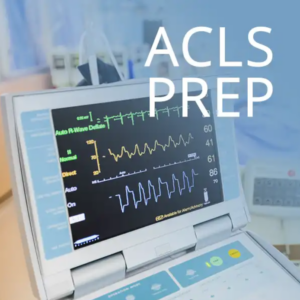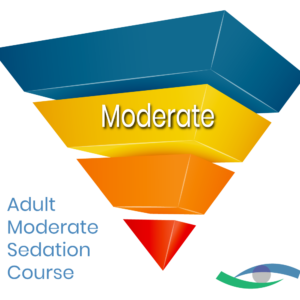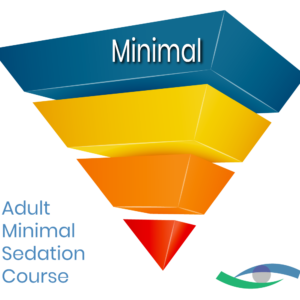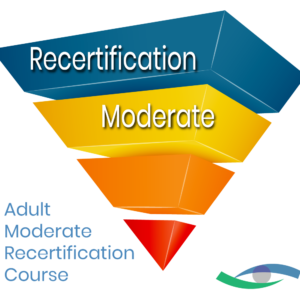Obesity and OSA: ASA Score Modifiers with Real Risk
The ASA Physical Status Classification system is a shorthand way to estimate a patient’s baseline physiologic reserve. The most commonly seen are ASA I (healthy patient), ASA II (well-controlled mild systemic disease), ASA III (severe systemic disease with daily impact), and ASA IV (severe disease that constantly threatens life). ASA V and VI are reserved for failing and brain-dead patients and are, therefore, rarely seen in elective outpatient settings.
These ASA classifications are only the first step. A patient’s overall risk can only be determined by weighing modifiers that may push them toward hypoventilation, airway obstruction, or hemodynamic instability.
What Are ASA Score Modifiers?
These modifiers are clinical factors that aren’t captured by the base ASA classification. They don’t always change the score itself, but they should change how you plan sedation. Some examples include:
- Obesity, especially with central fat distribution
- Suspected or diagnosed obstructive sleep apnea (OSA)
- Poorly controlled diabetes or metabolic syndrome
- Chronic use of opioids, benzodiazepines, alcohol, or cannabis
- Procedures that require supine positioning, higher sedative doses, or more time to complete
When present, these modifiers mean a patient may need closer monitoring, different drug choices, and longer post-procedure observation.
Why Obesity Is a Risk Amplifier
Obesity and sedation risk are closely linked. Here’s how being very overweight changes breathing mechanics and drug response:
- Airway and breathing: Central fat makes the chest and airway less flexible, which lowers lung capacity. This means oxygen levels fall faster if breathing slows.
- Anatomy: Extra tissue around the neck and throat makes the airway more likely to collapse once sedation relaxes the muscles there.
- Drug handling: Sedatives and pain medications may act unpredictably. Fat-soluble drugs may stay in fat tissue and last longer than expected, while water-soluble drugs may have a stronger initial effect. As a result, standard doses are often less predictable in patients with obesity.
OSA: Another Hidden Complication
Obstructive sleep apnea is common and often goes undiagnosed. Up to 75% of patients with obesity have moderate to severe OSA. The danger comes from the airway repeatedly collapsing during sleep—or during sedation. Here’s why OSA and sedation complications go hand in hand:
- Even small doses of sedatives or opioids can trigger airway obstruction.
- OSA patients desaturate quickly and may need airway support.
- OSA is linked to arrhythmias, high blood pressure swings, and slow recovery.
Screening tools like the STOP-Bang questionnaire (snoring, tiredness, observed apneas, blood pressure, BMI, age, neck size, gender) are quick ways to identify risk. If a patient is older, male, overweight, and diabetic, providers should assume OSA risk is high, even if the patient denies symptoms.
The Combined Impact of Obesity and OSA
Obesity and OSA often coexist, and when they do, airway collapsibility rises, oxygen reserve drops, and hypnotic effects from sedatives may be exaggerated. This combination requires extra caution with drug dosing, airway readiness, and post-procedure monitoring.
Best Practices for ASA Scoring with Modifiers
Here’s how to incorporate obesity and OSA into your sedation plan:
- Screen early: Record the patient’s BMI, neck circumference, and sleep apnea history. Provide STOP-Bang or similar questionnaires for patients to complete.
- Classify and document: Give an ASA score, then add modifiers. You might list, “ASA II with obesity and OSA modifiers.” Note how these change your plan. For example: “capnography, semi-upright positioning, reduced opioid use, and prolonged observation.”
- Adjust drug use: Use short-acting sedatives in small, incremental doses. Avoid stacking drugs, limit opioids, and consider alternative pain control strategies.
- Prepare the airway: Keep suction, oxygen, and airway devices ready. Position the patient semi-upright whenever feasible, use capnography for all moderate sedation cases, and have a CPAP machine available for those who use it at home.
- Plan for observation and discharge: Extend the monitoring time after the procedure. A practical rule is at least three extra hours of observation compared with non-OSA patients and at least seven hours after the last airway obstruction or desaturation event before discharge.
Implications for Non-Anesthesia Providers
Plastic surgeons, dentists, gastroenterologists, dermatologists, and other specialists using sedation often care for patients with obesity and sedation risk factors like undiagnosed OSA. Here’s how this may affect your daily practice:
- Pre-visit screening: Ask about snoring and CPAP use, and account for BMI and neck circumference.
- Be airway ready: Staff must know how to insert oral or nasal airways, provide effective bag-mask ventilation, and escalate to CPAP when needed.
- Select and dose drugs carefully: Adjust doses for the patient’s weight, administer medications in small steps, and watch how the patient responds since effects may vary from the norm.
- Monitor smartly: Pulse oximetry alone isn’t enough. Capnography gives the earliest warning of hypoventilation in OSA-prone patients.
- Follow-through: For desaturation or repeated airway events, extend observation and consider referring the patient for a formal sleep evaluation if their OSA is undiagnosed.
Quick Reference
- Is the patient’s BMI at or above 40? If so, prepare for a difficult airway, desaturation risk, and altered drug response.
- Does the patient answer “yes” to three or more questions on the STOP-Bang questionnaire? If so, treat them as having sleep apnea until proven otherwise.
- Is diabetes present? If so, assume a higher likelihood of OSA and metabolic instability.
- Is the procedure over 30 to 45 minutes long? If so, expect deeper sedation drift and plan accordingly.
Putting it All Together
Obesity magnifies the potential complications of even minimal sedation. OSA compounds this risk through airway collapsibility and rapid desaturation. Use ASA as your base label, but let ASA classification for comorbidities drive your real-world plan.
Take the Next Step in Procedural Sedation Safety
The National Sedation Center provides standardized, evidence-based moderate sedation training designed for non-anesthesia professionals who deliver sedation outside the operating room. We’re the only sedation company with a North American network of instructors for in-person skill verification. Courses focus on safe administration for low-to-moderate procedures, and graduates are added to our National Registry/Primary Source Verification database. We also offer free 20- to 30-minute Airway Skill Verification via Zoom for those who complete the Adult Moderate Sedation course. To learn more, please contact us or register online today.






